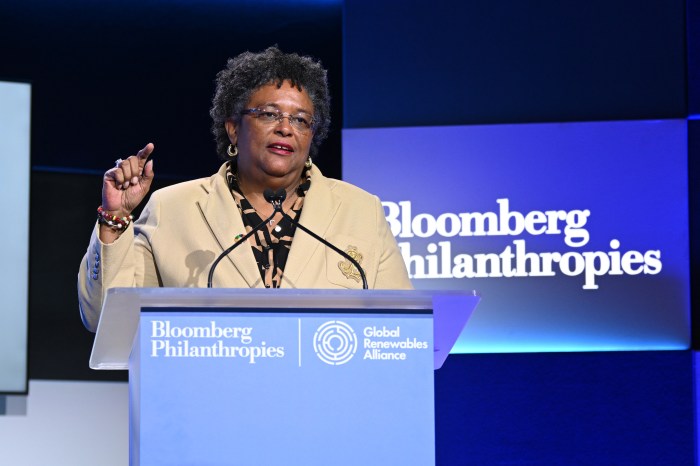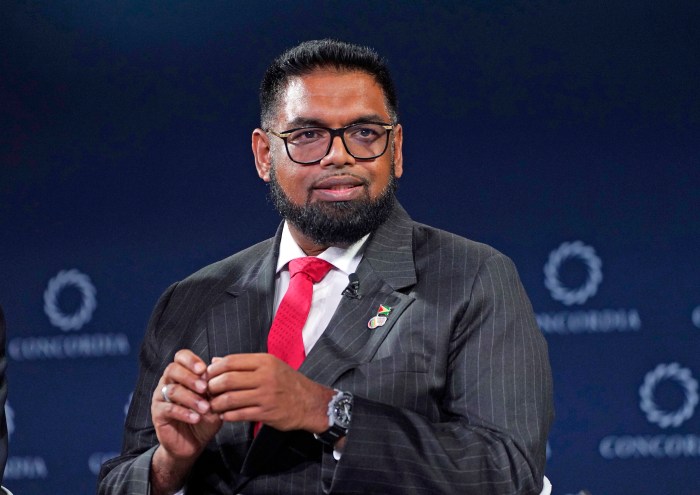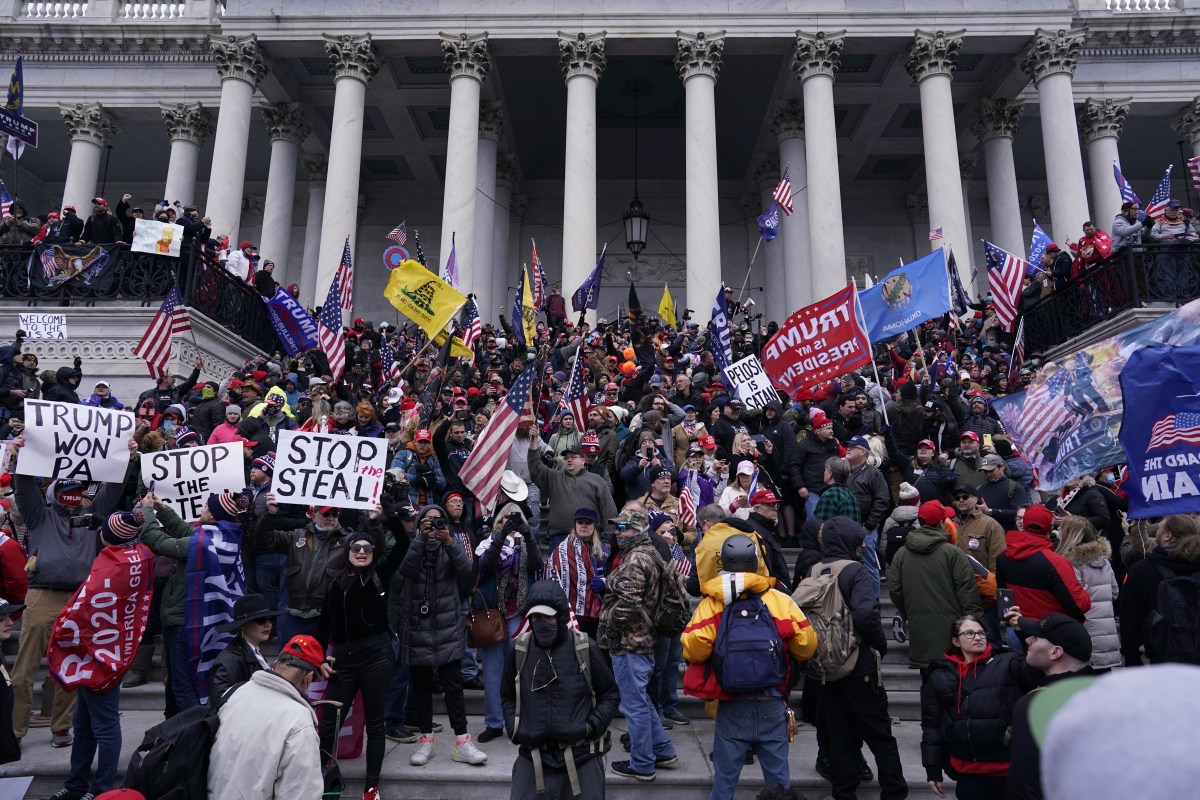The race to find commercial quantities of oil and gas in the Caribbean Community is heating up with US oil major ExxonMobil bringing in a third drill ship to work at its highly successful Guyanese offshore block, as Grenada inches closer to commencing large scale offshore exploration and as Trinidad receives its first shipment of imported oil in the wake of the recet closure of its money-losing refinery.
The Noble Tom Madden which arrived in Guyana at the weekend will join two others-the Stenna Carron which drilled the first gushing well back in May of 2015 and the Noble Bob Douglas — working in the Stabroek Block as the company races towards producing first oil possibly by the end of 2019 or in early 2020.
Spokeswoman Deedra Moe said the ship will be immediately pressed into drilling work on the Pluma Prospect in the general area where Exxon and partners Hess Oil of the US and Nexen of China first struck oil three years ago. The firm has successfully drilled nine wells so far with only two coming up dry and has rated the Guyana Basin as one of the richest in the world. The field is just over 100 miles from the coast. The strike rate of nine of 11 successful wells is one of the highest ever encountered in an oilfield anywhere in the world.
“We are excited to have a third ship in the area as we race towards production,” Moe said as Exxon ramps up preparations and as Guyana’s parliament is preparing to debate several pieces of legislation to cater for an oil and gas sector after decades of dependence on gold, sugar, bauxite, rice and timber.
As Exxon increases the pace of preparations for first oil, Grenada’s government through Minister of Energy, Gregory Bowen recently announced that Russia’s Global Petroleum Group (GPG) will team up with Chinese investors to begin preparations for the drilling of exploratory wells in the new year after the Russians had run into dire financial problems.
Located just north of oil and gas-rich Trinidad, Grenadian officials say the time has obviously come to ramp up exploration in the wake of the Guyana oil find and based on the fact that the island is located in a georgraphic area where nearly all of the countries have found oil and gas, including nearby Barbados with its daily onshore production of about 1,600 barrels per day.
Prime Minister Keith Mitchell had earlier this year announced that the Russians had detected commercial quantities of oil and gas but further progress has been retarted by the financial problems of the group.
“Financing was a problem but I am happy to report that the investors have now teamed up with a group from the People’s Republic of China who will be providing the financing, not only to drill the other three wells but to conduct all the production that is necessary for Grenada to benefit. Let us wait for the next year when we can drill the wells before we can say we are out of the doldrums economical,” Bowen told a forum of the governing New National Party (NNP).
As Grenada monitor developments in Guyana, its neighbors in Trinidad were not that happy that the island was forced to buy refined oil from overseas to supply the local market in the wake of the closure of the Petrotrin Oil Refinery in south Trinidad in recent weeks. The first imported shipment arrived this week. Trinidad has already signaled that it will buy all of Grenada’s gas supplies if and when production starts. Officials are also eying its crude oil.
Authorities in September opted to close the facility and reorganize the company in the wake of a steady decline of oil production in the twin island republic with Tobago. Daily production has declined from more than 200,000 a day to a mere 40,000 barrels of oil in 2018. The refinery was built decades ago to produce 140,000 daily. Authorities argue that they had been forced to import 100,000 barrels each day just to keep it operational while employing more than 3,000 workers. The result is that it made better sense to import refined oil rather than waste precious foreign exchange importing raw crude, refining it and reselling the production. Trinidad’s 40,000 figure would be three times less than what production from Exxon’s first wells will produce when actual operations begin officials say.
The 2015 Guyana find has triggered a massive trek of oil majors from around the world to the country, some seeking the four remaining blocks in the basin or others negotiating with firms with existing concessions to buy shares in these blocks. Officials say no new production sharing agreements wil be issued until Guyana comes up with the right sharing model that will ensure the country becomes fantastically rich from its last known big extractive resource.
So far, Tullow Oil of the United Kingdom, Repsol of Spain and Cgx Energy of Canada have announced plans to drill exploratory wells next year in fields adjacent to Exxon’s.

























